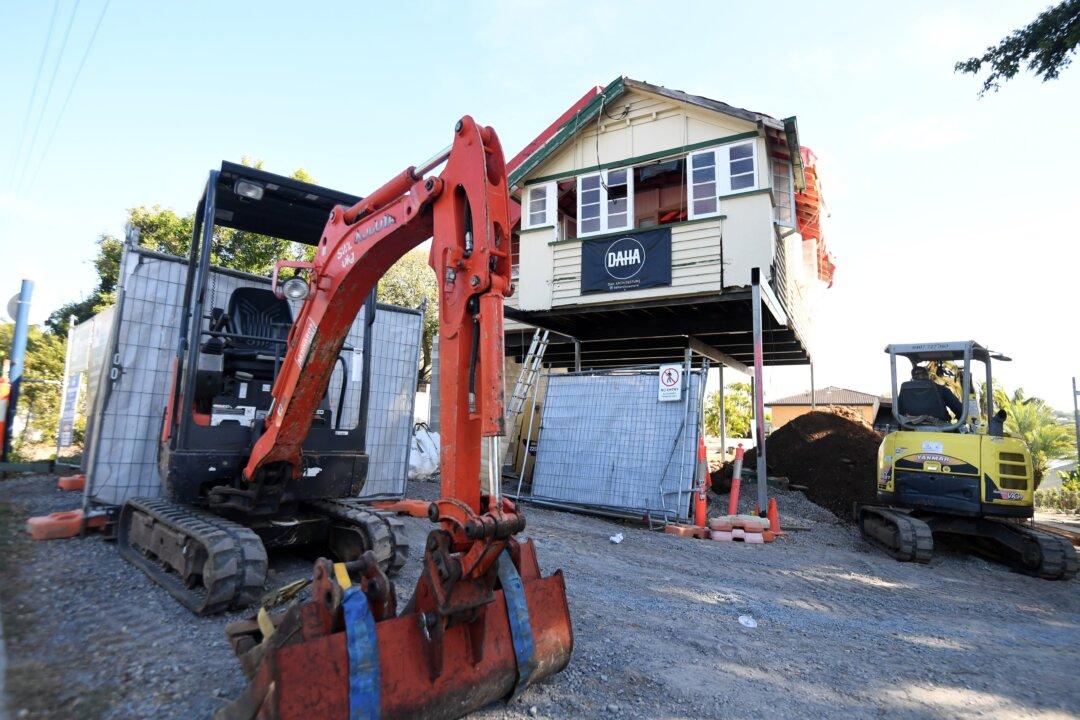Commentary
No one wants anyone to be living in substandard conditions, and we all want the disabled to live full lives, but how far can we go in making this possible?

No one wants anyone to be living in substandard conditions, and we all want the disabled to live full lives, but how far can we go in making this possible?